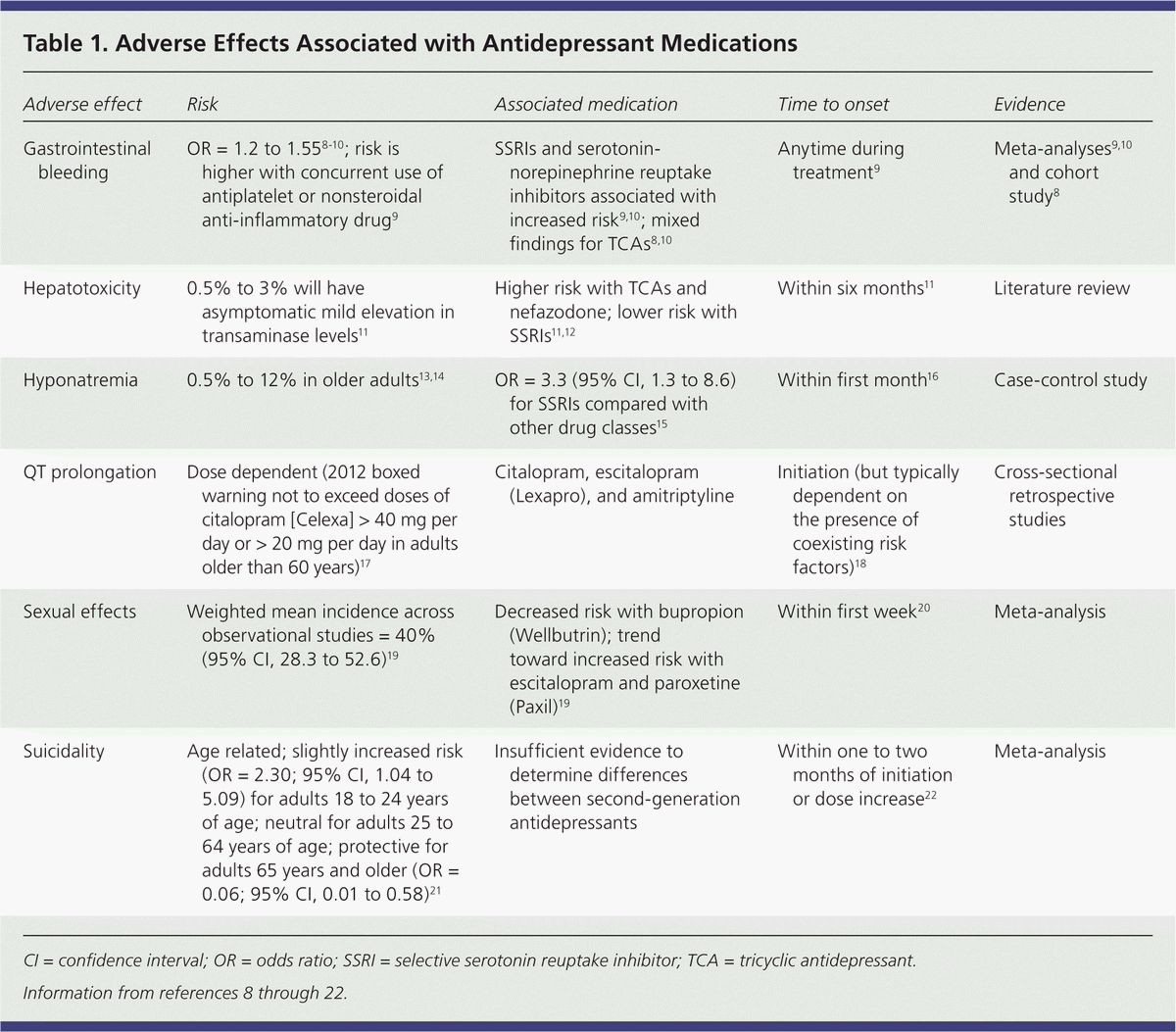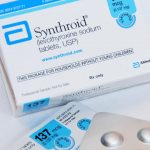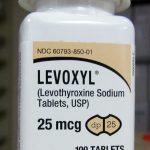
Contents
Lexapro vs. Cymbalta
Lexapro is a selective serotonin reuptake inhibitor (SSRI) used for treating depression and generalized anxiety disorder. Other SSRIs include citalopram (Celexa), fluoxetine (Prozac), paroxetine (Paxil), and sertraline (Zoloft). SSRIs affect neurotransmitters in the brain, the chemical messengers that nerves use to communicate. Many experts believe that an imbalance of neurotransmitters causes depression. Lexapro prevents the reuptake of serotonin (a neurotransmitter), resulting in more serotonin in the brain to attach to receptors.
Cymbalta is a selective serotonin and norepinephrine reuptake inhibitor (SNRI) used for treating depression, anxiety disorder, and pain. Other SNRIs include milnacipran (Savella), venlafaxine (Effexor), and desvenlafaxine (Pristiq). Cymbalta affects the neurotransmitters serotonin and epinephrine by preventing their reuptake, increasing their effect in the brain. The mechanism of Cymbalta in treating pain is unknown but is believed to involve its effects on serotonin and norepinephrine.
Side Effects of Lexapro and Cymbalta
Lexapro
Common side effects of Lexapro include:
- agitation or restlessness,
- blurred vision,
- diarrhea,
- difficulty sleeping,
- drowsiness,
- dry mouth,
- fever,
- frequent urination,
- headache,
- indigestion,
- nausea,
- increased or decreased appetite,
- increased sweating,
- sexual difficulties (decreased sexual ability or desire, ejaculatory delay),
- taste alterations, tremor (shaking), and
- weight changes.
Antidepressants increased the risk of suicidal thinking and behavior (suicidality) in short-term studies in children and adolescents with depression and other psychiatric disorders. Anyone considering the use of Lexapro or any other antidepressant in a child or adolescent must balance this risk with the clinical need. Short-term studies did not show an increase in the risk of suicidality with antidepressants compared with placebo in adults beyond 24 years of age. There was a reduction in risk of suicidality with antidepressants compared with placebo in adults 65 years of age and older. Depression and certain other psychiatric disorders are associated with increases in the risk of suicide. Patients who start therapy with antidepressants should be closely observed for clinical worsening, suicidality, or unusual changes in behavior.
Other side effects include influenza-like symptoms and neck or shoulder pain.
Although changes in sexual desire, performance, and satisfaction often occur as a result of depression itself, they may also be a consequence of the drugs used to treat depression. About one in 11 men given Lexapro report difficulties ejaculating.
Possible serious side effects of Lexapro include:
- Serotonin syndrome,
- Suicidal thinking and behavior,
- Abnormal bleeding,
- Seizures,
- Manic episodes,
- Confusion,
- High fever,
- Slurred speech,
- Muscle rigidity,
- Low sodium, and
- Angle closure glaucoma.
WARNING: Side Effects Warning
Some patients experience withdrawal reactions upon stopping SSRI therapy. Symptoms may include dizziness, tingling, tiredness, vivid dreams, irritability, or poor mood. To avoid these symptoms, the dose of SSRI can be slowly reduced instead of abruptly stopped.
Cymbalta
The most common side effects of Cymbalta are nausea, dry mouth, constipation, diarrhea, fatigue, difficulty sleeping, and dizziness. Increased blood pressure can occur and should be monitored. Seizures have been reported. Sexual dysfunction has also been associated with Cymbalta.
Some patients may experience withdrawal reactions upon stopping Cymbalta, which include dizziness, anxiety, nausea, vomiting, nervousness, diarrhea, irritability, and insomnia. The dose of Cymbalta should be gradually reduced when therapy is discontinued.
Antidepressants increased the risk of suicidal thinking and behavior (suicidality) in short-term studies in children and adolescents with depression and other psychiatric disorders. Anyone considering the use of Cymbalta or any other antidepressant in a child or adolescent must balance this risk with the clinical need. Patients who start therapy should be closely observed for clinical worsening, suicidality, or unusual changes in behavior.
Dosage of Lexapro vs. Cymbalta
Lexapro
- The usual starting dose of Lexapro for treating depression in adults or adolescents is 10 mg once daily. The dose may be increased to 20 mg once daily after 3 weeks.
- Benefit may not be seen until treatment has been given for up to 4 weeks. A daily dose of 20 mg may not be more effective than 10 mg daily for treatment of depression.
- The dose for treating generalized anxiety disorder is 10 mg once daily.
- Lexapro can be taken with or without food.
Cymbalta
- The recommended dose for treating depression is 20 or 30 mg twice daily, or 60 mg once daily. Patients may be started with 30 mg once daily for one week before advancing to 60 mg daily.
- The recommended dose for anxiety disorder, pain associated with diabetic neuropathy, fibromyalgia, or chronic musculoskeletal pain is 60 mg daily. Starting with 30 mg daily for one week before increasing to 60 mg daily may help patients adjust to the drug.
- There is no evidence that doses greater than 60 mg/day provide additional benefits. However, the maximum dose for depression or anxiety disorder is 120 mg/day.
QUESTION
Drugs Interact with Lexapro and Cymbalta?
Lexapro
- All SSRIs, including Lexapro, should not be combined with drugs in the monoamine oxidase (MAO) inhibitor class of antidepressants such as isocarboxazid (Marplan), phenelzine (Nardil), tranylcypromine (Parnate), selegiline (Eldepryl) and procarbazine (Matulane) or other drugs that inhibit monoamine oxidase such as linezolid (Zyvox) and intravenous methylene blue. Such combinations may lead to confusion, high blood pressure, high fevers, tremor or muscle rigidity, and increased activity. At least 14 days should elapse after discontinuing Lexapro before starting an MAO inhibitor. Conversely, at least 14 days should elapse after discontinuing an MAO inhibitor before starting Lexapro.
- Similar reactions occur when SSRIs are combined with other drugs that increase serotonin in the brain, for example tryptophan, St. John’s wort, meperidine (Demerol), lithium (Lithobid, Eskalith), triptans (sumatriptan [Imitrex, Alsuma]), and tramadol (Ultram)
- Use of selective serotonin inhibitors may increase the risk of gastrointestinal bleeding in patients taking warfarin (Jantoven, Coumadin), aspirin, nonsteroidal anti-inflammatory drugs (NSAIDs), and other drugs that cause bleeding.
Cymbalta
- Duloxetine should not be used in combination with a monoamine oxidase inhibitor (MAOI) such as phenelzine (Nardil), tranylcypromine (Parnate), isocarboxazid (Marplan), and selegiline (Eldepryl), or within 14 days of discontinuing the MAOI. At least 5 days should be allowed after stopping duloxetine before starting an MAOI. Combinations of SNRIs and MAOIs may lead to serious, sometimes fatal, reactions including very high body temperature, muscle rigidity, rapid fluctuations of heart rate and blood pressure, extreme agitation progressing to delirium, and coma. Similar reactions may occur if duloxetine is combined with antipsychotics, tricyclic antidepressants or other drugs that affect serotonin in the brain. Examples include tryptophan, sumatriptan (Imitrex), lithium, linezolid (Zyvox), tramadol (Ultram), and St. John’s Wort.
- Fluoxetine (Prozac, Serafem), paroxetine (Paxil, Paxil CR, Pexeva), fluvoxamine (Luvox), and quinidine increase blood levels of duloxetine by reducing its metabolism in the liver. Such combinations may increase adverse effects of duloxetine.
- Combining duloxetine with aspirin, nonsteroidal anti-inflammatory drugs (NSAIDs), warfarin (Coumadin), or other drugs associated with bleeding may increase the risk of bleeding, because duloxetine itself is associated with bleeding.
- Duloxetine has an enteric coating that prevents dissolution until it reaches a segment of the gastrointestinal tract with a pH higher than 5.5. Drugs that raise the pH in the gastrointestinal system (for example, Prilosec) may cause duloxetine to be released early while conditions that slow gastric emptying (for example, diabetes) may cause premature breakdown of duloxetine. Nevertheless, administration of duloxetine with an antacid or famotidine (Axid) did not significantly affect the absorption of duloxetine.
- Duloxetine may reduce the breakdown of desipramine (Norpramine), leading to increased blood concentrations of desipramine and potential side effects.
Are Lexapro and Cymbalta Safe to Take While Pregnant and Breastfeeding?
Lexapro
- The safety of Lexapro during pregnancy and breastfeeding has not been established. Therefore, Lexapro should not be used during pregnancy unless, in the opinion of the physician, the expected benefits to a patient outweigh unknown hazards to the fetus.
- Lexapro is excreted in human milk. Lexapro should not be given to nursing mothers unless, in the opinion of the physician, the expected benefits to the patient outweigh the possible hazards to the child.
Cymbalta
- Duloxetine is excreted into the milk of lactating women. Because the safety of duloxetine in infants is not known, breastfeeding while on duloxetine is not recommended.
Summary
Lexapro and Cymbalta are used to treat depression and generalized anxiety disorder. Cymbalta is also used to treat pain from diabetic neuropathy and fibromyalgia, and chronic musculoskeletal pain. Lexapro and Cymbalta belong to different drug classes: selective serotonin reuptake inhibitors (SSRI) and selective serotonin and norepinephrine reuptake inhibitors (SNRI), respectively.
Lexapro and Cymbalta are used to treat depression and generalized anxiety disorder. Cymbalta is also used to treat pain from diabetic neuropathy and fibromyalgia, and chronic musculoskeletal pain. Lexapro and Cymbalta belong to different drug classes: selective serotonin reuptake inhibitors (SSRI) and selective serotonin and norepinephrine reuptake inhibitors (SNRI), respectively.


